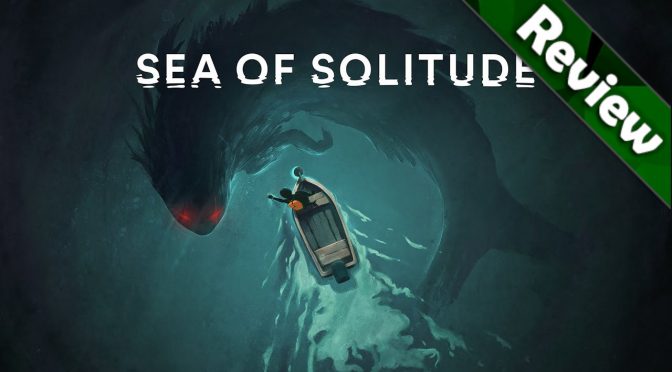This may sound like a joke, but I actually studied psychology for an entire year during my undergrad years. Admittedly, I came to hate the subject in the end, but the course did have some interesting moments. A particularly fascinating section was on the hidden part of the human mind not accessible to conscious thought, known in psychology as the ‘unconscious’.
The unconscious is the deepest and most primitive level of our psyche where our urges, emotions and instinctive thoughts exist in their most undiluted form. These impulses and feelings lie so deep beyond our awareness that we cannot describe them through rational language sometimes. Still, their effect on our mental reality can be very real, and very palpable.
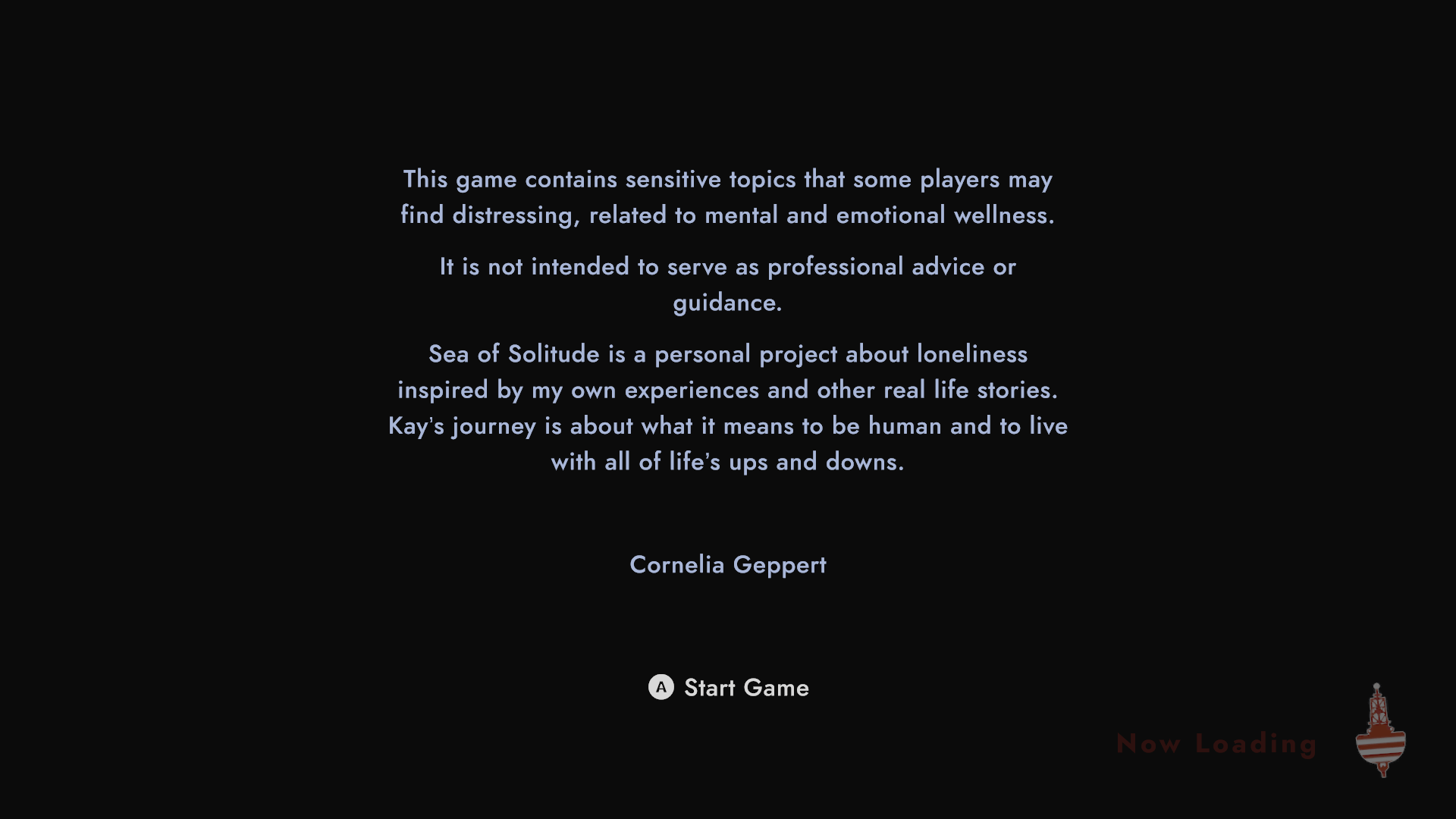
Some cite the unconscious as a reason why people are so captivated by monsters and horror. They represent an outer expression to some of the fears and aggressive instincts lurking in this incommunicable domain of the mind, particularly as a result of trauma or mental illness. Several games have tried to explore what it would be like to travel into the unconscious, with the Silent Hill and Evil Within series (Hellblade as well) being some notable examples.
Sea of Solitude by Jo-Mei Games, a Berlin-based studio, wants to capture this experience within an indie game. It represents something close a catharsis for its creative director, Cornelia Geppert, as she takes the player through the darkest and most isolated moments of her life.
Meet Kay
It is tricky to describe the story behind Sea of Solitude since the game is structured more like a series of puzzles for the player to solve rather than adhering to a linear plot. Come to think of it, I cannot recall being offered a proper intellectual challenge at any point, so calling them puzzles is perhaps an overstatement. I guess you could say that Sea of Solitude is focused mostly on the experience and atmosphere it has to offer.
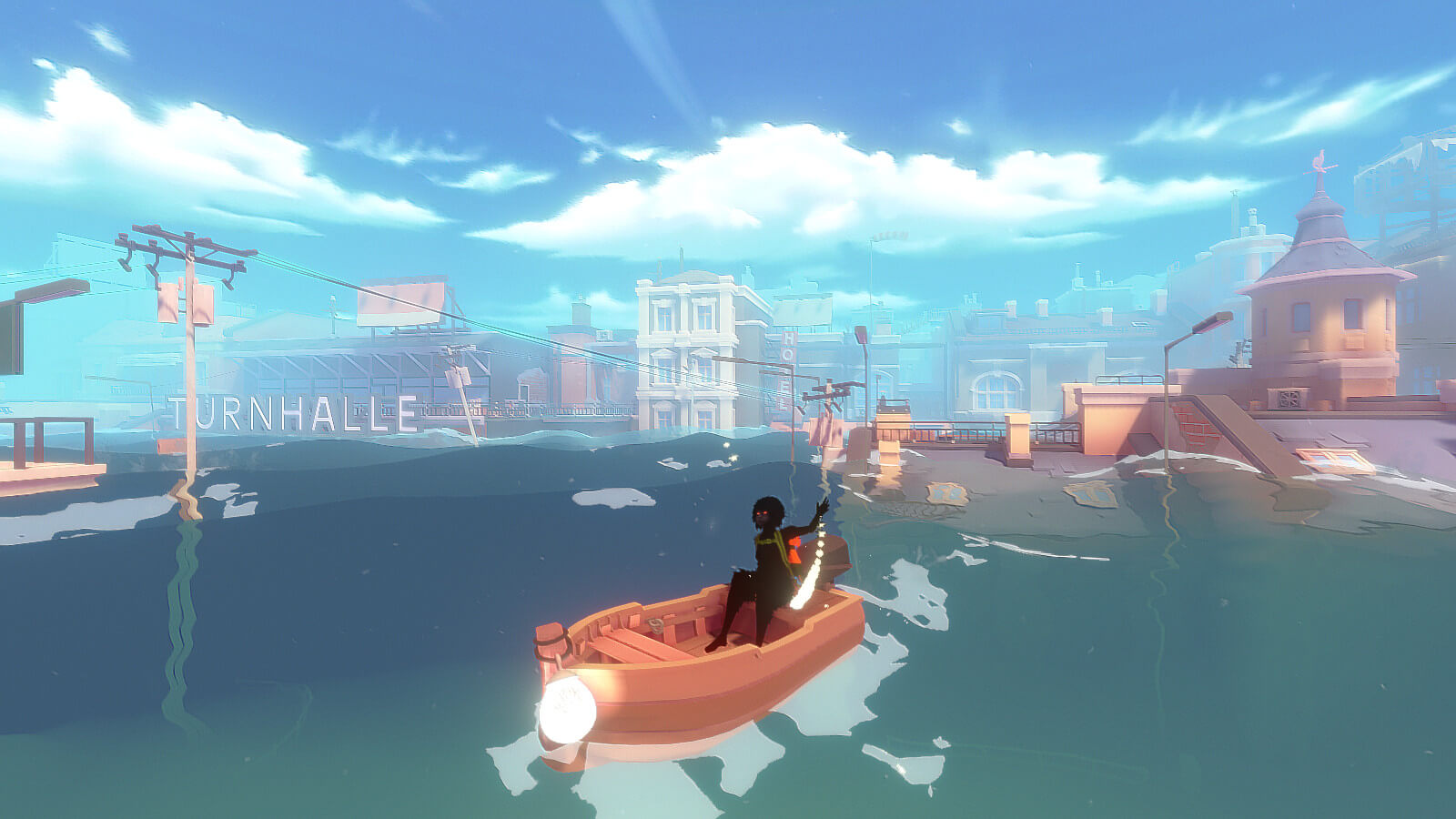
The player takes on the role of a young woman named Kay, who wakes up floating on a little motorboat in the middle of a stormy ocean. The scene that greeted me was uncanny because Kay herself has sharp, black feathers with gleaming red eyes, and there is also the razor-toothed leviathan creeping just below the surface.
What I liked about the opening (despite the lack of any narrative exposition) is that I somehow understood the underlying message. I have been following the development of Sea of Solitude for some time, but this studio’s talent for telling a story with images rather than words is quite obvious. The stormy waters represent Kay’s troubled mind, and her frightful appearance must show how this inner state is psychologically turning her into a monster.
Kay then starts up her little dinghy, and a small, distant light blips into life through the darkness. The turbulent waters make the light look like a haven, and I instinctively start to steer the little boat towards its glow. It turns out to be a luminous, younger version of Kay floating angelically above the water. She assures scary Kay that she will keep her safe, and with a twirl of her hand lowers the water level, changing the entire atmosphere to a bright sunny day.

A floating city resembling Berlin appears from beneath the waves. Buildings, streets and cafés are rendered in a soft, pastel-coloured palette. Kay still looks ominously black in her little boat, but everything else appears serene and safe. The younger Kay plays a game with me in which I learn how to summon a ball of light that will direct me like an in-game compass, and Monster Kay sounds almost happy for just a moment.
The experience
Suddenly, a bloodcurdling voice emanates from the water, and mini-Kay zips off to investigate, leaving the atmosphere black and ominous again. Kay begs the little girl to come back right before an enormous shell-dwelling creature rises from the depths. It utters profanities at Kay and insults her, which immediately led me to assume that the beast represents Kay’s own self-loathing (particularly because the monster resembles her somewhat).
There is a way to defeat the creature so that I can proceed past the exit behind it. I need to clamber over some of buildings, and then clear away the worm-like strands of corruption slithering around balls of light (are they energy?) using a trick the little girl taught me.

Unfortunately, I have to cross open water on a series of floating, garbage dumps, because the leviathan is back and circling like a hungry shark. This was utterly terrifying because the platforms are just out of Kay’s jumping range. Worse still, the monster can sense when I land in the water, so I have to wait for it to circle far enough, jump, and scuttle frantically on to safety to avoid Kay ending up skewered on its gigantic fangs.
Eventually, the last ball of light is purged from corruption and its beam can be directed onto the shelled creature. Turning the light sounds like utter agony, as Kay screams and moans from the effort. Perhaps a commentary on how difficult it is to escape the toxic circle of self-hatred and self-deprecation. With the monster defeated for now, I sail back into the sunlight, but it doesn’t last for long…
Techniques in narrative
My apologies if that dragged on quite a bit, but this would be a laughably short review if I only described what the player will actually be doing in Sea of Solitude. As I mentioned, this game’s strength is in the experience, and very little has therefore been invested in gameplay mechanics. The majority of my playthrough in Sea of Solitude was dedicated to helping Kay deal with the rest of the monsters hiding in her unconscious through mostly the same way I just described earlier.
These monsters range from a gigantic, fire-breathing, hairy chameleon representing Kay’s father (enraged by the constant conflict with her mother) to a werewolf-like dog representing Kay’s boyfriend. Get it? Puppy love? The monsters in this game are therefore not inspired by fantasy, but are animalistic projections that Kay forms in her unconscious of real people, and the trauma they have enacted upon her.
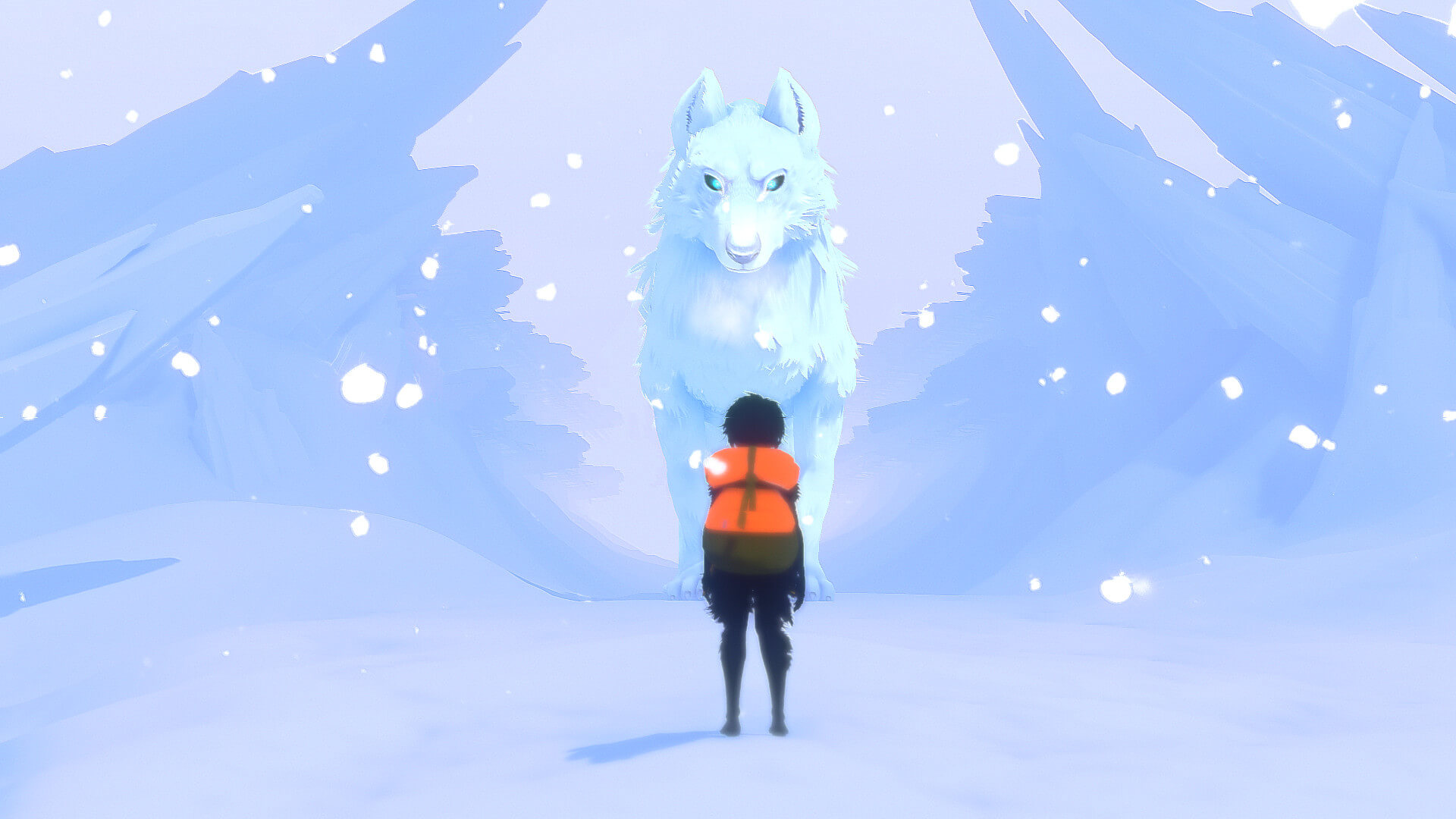
There is a little bit of light platforming in Sea of Solitude, but this is secondary to how damn interesting this game makes this minimalistic emphasis on gameplay. Sea of Solitude likes messing with your head and getting under your skin without resorting to outright horror or overly grotesque imagery. What unsettles the player is how they experience Kay’s story with her, and seeing how the drama of her external life has manifested as internal psychological horrors.
For example, Kay’s brother experienced terrible bullying and sexual assault at school, causing him to be represented in her mind as a forlorn and sad bird. To save him from this bird-like form, she must share in the suffering he experienced by making her way through a flooded, mental version of his school.

This was one of the more creepy scenarios that the game has to offer since the sunken school is infested with red-eyed bullies formed from smoky shadows. The dialogue that plays in Kay’s memory is equally disturbing, as she repeatedly experiences how bullies told her brother: “We’re going to find you… we’re going to kill you…”
Lastly, Jo-Mei Games have also used colour as artful visual cues to explain Kay’s memories. The blacks in this game have been done particularly well in the Unity Engine as they look dark and bottomless against some of the more vibrant and soft backdrops. This instantly alerts the player to when something is sinister or dangerous to Kay.
While Sea of Solitude has been rendered in a relatively simple, cel-shaded style without too much visual sophistication, the particle effects and use of light make the submerged dystopia a splendour to behold. The animation is also pretty good (particularly in how water has been rendered), and wandering around in this surreal world that Kay has shaped within her mind instills that comfy tourist feeling I used to enjoy when I first started playing games.
An ocean of experience
I would be hard pressed to call Sea of Solitude a game about mental illness regardless of how many reviews might say otherwise. I never got the message that this was about a young woman’s struggle with depression or the like. Instead, this is a game about Kay’s journey through an immensely difficult time in her life when her loved ones were just flaking around her.
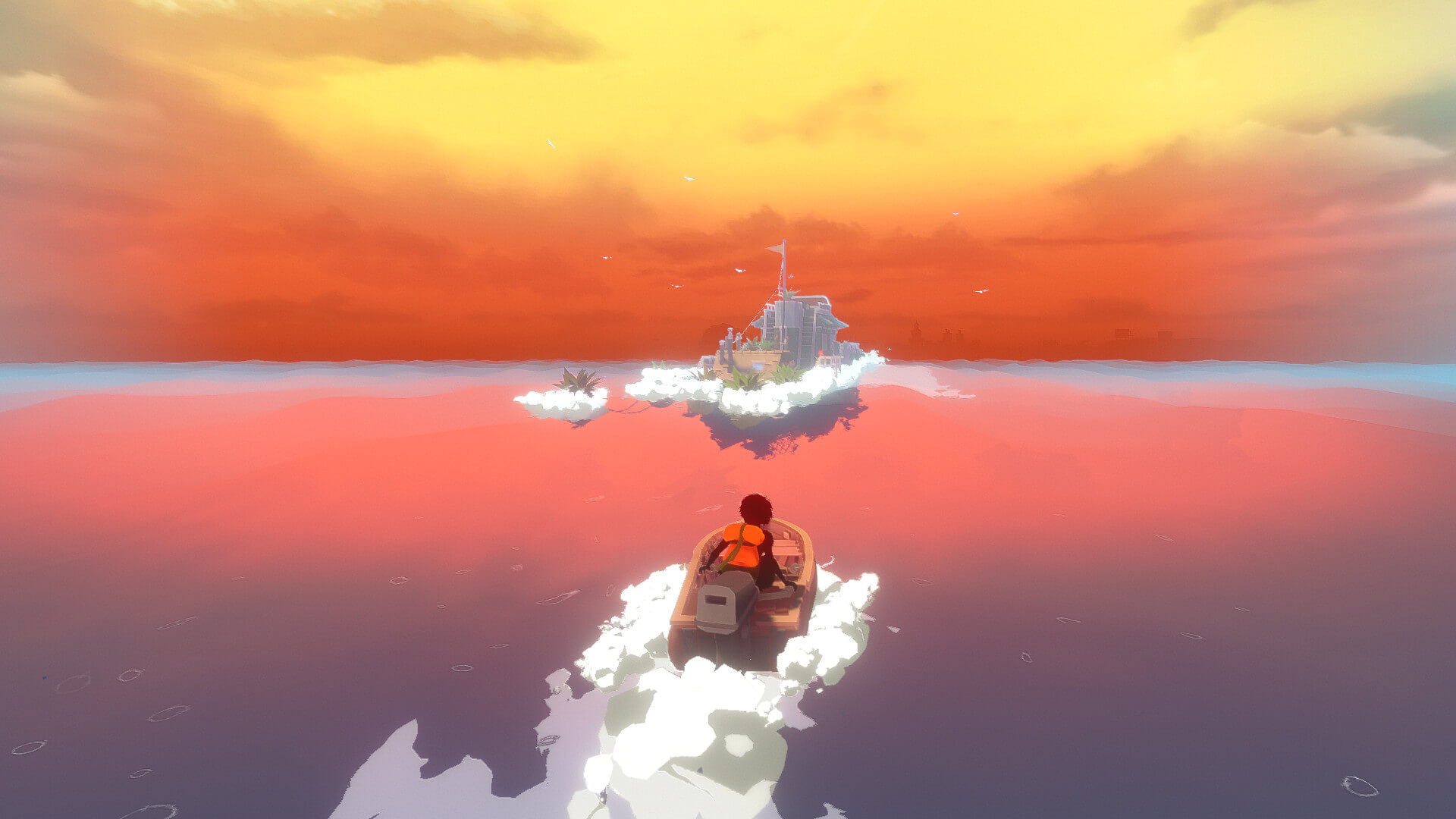
Which brings me to the problem: This game is truly an acquired taste. I loved it because Sea of Solitude was a short but powerful experience that I could link with times in my own life when I experience hardship or troubles. Yet I understand that my outlook is obviously biased, and players looking for a more gameplay-centred indie title would definitely find more satisfaction elsewhere.
If you are willing to sit back for about 2-3 hours, and you can permit yourself to get utterly absorbed in a game’s story for just a moment, you might just be impressed. Sea of Solitude is obviously a very personal game to its development studio, and their investment shines through every nook and cranny. The EA Originals program is producing excellent content thus far, and I think we should support games like this one, before their awful CEO insists on anti-depressants as a microtransaction within the game.
![]()
- Appealing visual effects
- Thought-provoking content
- Short and sweet
- Unusual voice acting
![]()
- Some sterile environments
- Gameplay sometimes too basic
- 30 fps cap!?
Playtime: 2 hours total.
Computer Specs: Windows 10, 64-bit PC using Nvidia GTX 1070, i5 4690K CPU, 16GB RAM – Played using an Xbox One Controller
Pieter hails all the way from the tip of southern Africa and suffers from serious PC technophilia. Therapists say it is incurable. Now he has to remind himself constantly that gaming doesn’t count as a religion even if DRM is the devil. Thankfully, writing reviews sometimes helps with the worst symptoms.

